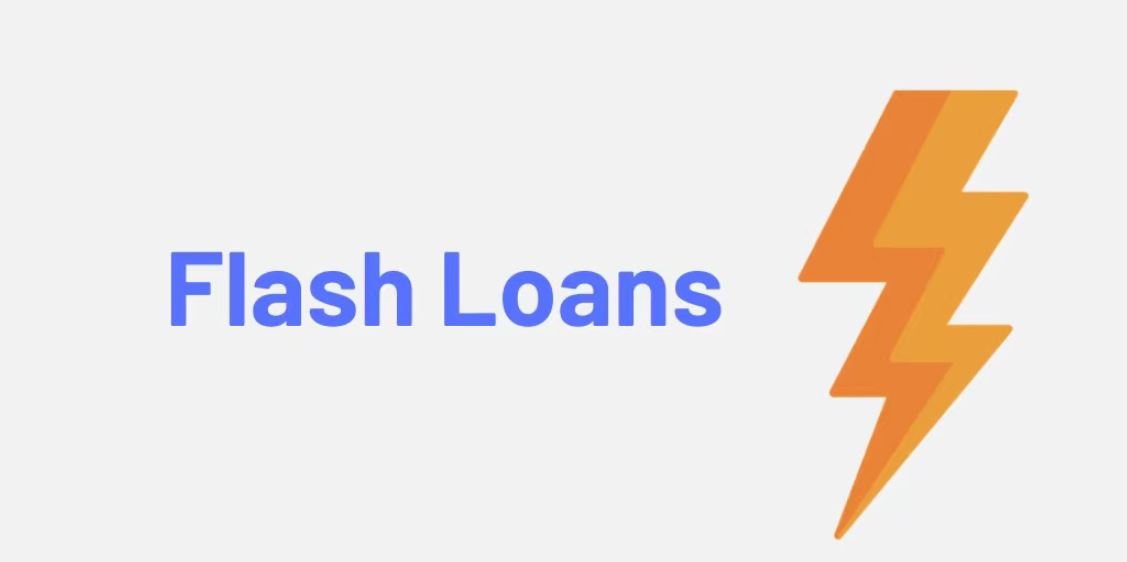In the introduction, Flash Loans emerge as a transformative force in the financial realm, offering immediate and collateral-free lending within the decentralized finance (DeFi) ecosystem. Diverging from traditional loan models, Flash Loans eliminate the need for upfront collateral, introducing both distinctive opportunities and challenges to the financial landscape. The profound implications of Flash Loans span across traditional and decentralized finance, establishing a symbiotic relationship that defies conventional boundaries. This article sets out to delve into the tangible applications and real-world ramifications of Flash Loans, aiming to unravel their intricacies. The exploration focuses on practical use cases, providing readers with a nuanced comprehension of this revolutionary financial instrument’s implications for the global financial ecosystem. Create your account.
Understanding Flash Loans
Definition and Basic Principles
Flash Loans, at their core, are uncollateralized loans that must be executed within a single transaction block. This unique characteristic sets them apart from traditional loans, making them a powerful and agile financial instrument.
How Flash Loans Differ from Traditional Loans
Traditional loans typically demand collateral and involve a protracted approval process. Flash Loans, on the contrary, operate within the blockchain environment, leveraging smart contracts to execute transactions instantly without the need for pre-deposited assets.
Risks and Challenges Associated with Flash Loans
Despite their efficiency, Flash Loans are not immune to risks. This section will delve into the potential pitfalls, including smart contract vulnerabilities, market fluctuations, and other challenges that users and developers must navigate.
Real-world Applications
Flash Loans in Decentralized Finance (DeFi)
- Utilization in Lending and Borrowing
Flash Loans facilitate swift and risk-free lending and borrowing transactions within decentralized systems, creating an ecosystem where users can access capital without traditional barriers.
- Liquidity Provision and Market-making
The role of Flash Loans in enhancing liquidity and supporting decentralized exchanges will be explored, shedding light on their crucial function in market-making activities.
Impact on Traditional Finance
- Bridging the Gap Between Traditional and Decentralized Systems
Flash Loans have the potential to bridge the gap between traditional financial institutions and decentralized finance, fostering a more interconnected and efficient financial ecosystem.
- Integration with Existing Financial Instruments
Explore how Flash Loans can integrate seamlessly with existing financial instruments, potentially transforming conventional financial practices.
Flash Loans and Arbitrage Opportunities
Exploring Arbitrage in Traditional Finance
- How Flash Loans Enable Rapid Capital Deployment
Analyze the mechanism through which Flash Loans empower traders to swiftly deploy capital for arbitrage opportunities across various financial markets.
- Leveraging Price Discrepancies for Gain
Delve into specific examples of how Flash Loans can be leveraged to exploit price discrepancies, leading to efficient market arbitrage.
Security and Risk Management
Smart Contract Vulnerabilities and Hacks
Investigate the potential risks associated with smart contracts in the Flash Loans ecosystem, emphasizing the importance of robust security measures.
Mechanisms for Securing Flash Loan Transactions
Explore the countermeasures and security protocols in place to mitigate risks associated with Flash Loan transactions, ensuring a more secure financial environment.
Role of Governance and Community Oversight in Mitigating Risks
Analyze the role of governance models and community oversight in minimizing risks, promoting transparency, and ensuring the long-term sustainability of Flash Loans.
Regulatory Considerations
Evolving Regulatory Landscape for Flash Loans
Investigate how regulators are adapting to the rise of Flash Loans, exploring the evolving legal frameworks and potential challenges associated with regulating this financial instrument.
Challenges and Opportunities for Regulatory Frameworks
Discuss the unique challenges regulators face in effectively addressing Flash Loans while considering the opportunities for fostering a regulatory environment that encourages responsible use.
Future Trends and Developments
Technological Advancements Shaping the Future of Flash Loans
Explore emerging technologies that may influence the trajectory of Flash Loans, highlighting the potential advancements that could further enhance their capabilities.
Integration with Emerging Technologies like Blockchain and AI
Investigate how the integration of Flash Loans with cutting-edge technologies, such as blockchain and artificial intelligence, could shape the future of financial transactions.
Potential Impact on Global Financial Markets
Discuss the broader implications of widespread Flash Loan adoption, contemplating how these financial instruments could reshape global financial markets.
Conclusion
In conclusion, the exploration of Flash Loans has illuminated their tangible impact on the financial landscape. Key findings and insights gleaned from dissecting real-world applications showcase the unique advantages and challenges inherent in this decentralized financial instrument. Condensing the critical points into key takeaways provides readers with a concise understanding of the versatile nature of Flash Loans. As we reflect on their transformative potential, it becomes evident that Flash Loans play a pivotal role in reshaping the future of financial instruments. Emphasizing the imperative for ongoing exploration and responsible utilization within the financial sector underscores the need for a cautious and forward-thinking approach to ensure the sustained positive evolution of such groundbreaking financial instruments.
